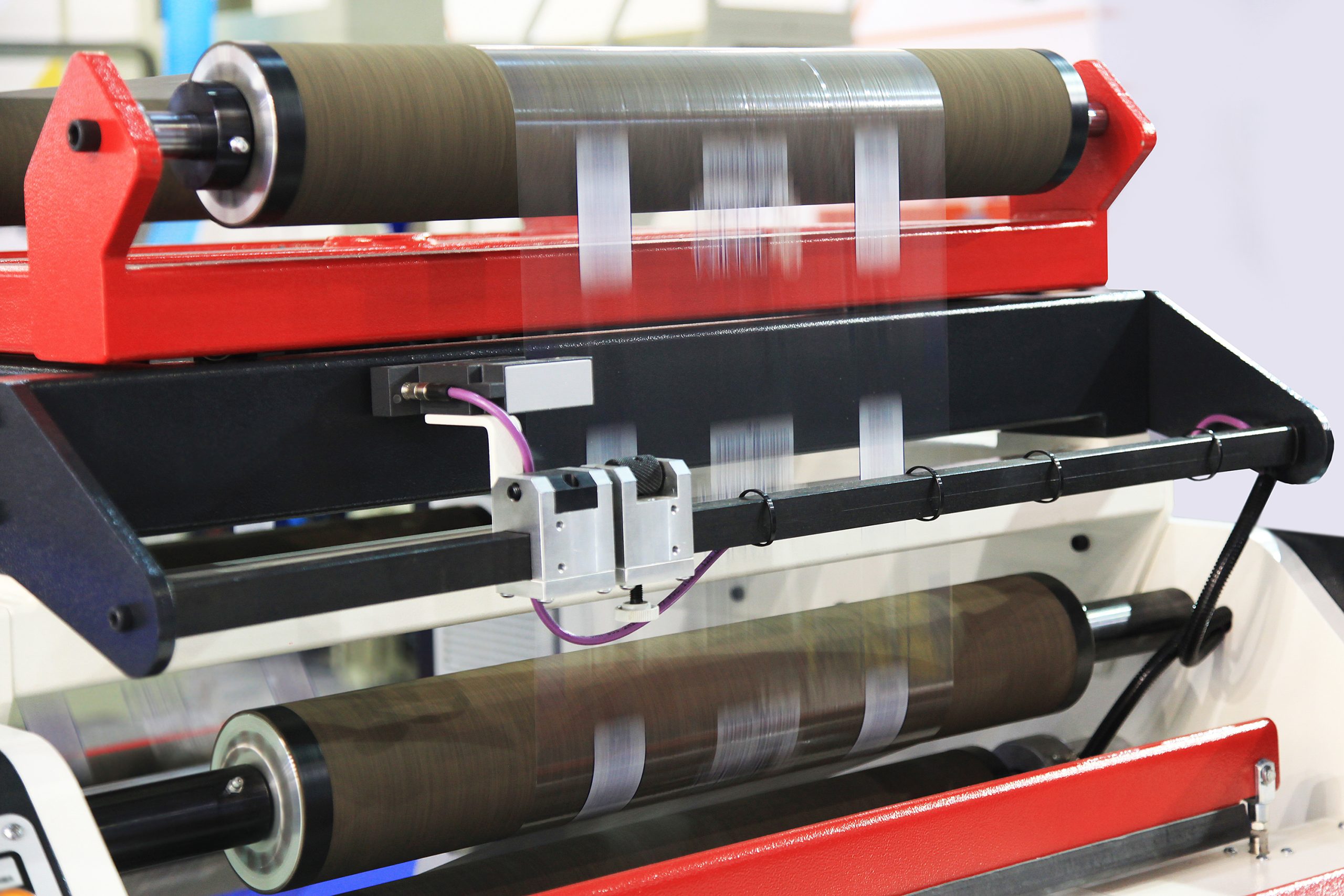Are you a business owner looking to make your print and marketing practices more sustainable? With the increasing focus on environmental responsibility, incorporating sustainable practices into your business operations is not only beneficial for the planet, but it can also improve your brand image and attract eco-conscious customers.
In today’s world, sustainability is no longer a choice but a necessity. The good news is that there are several simple and effective ways to make your print and marketing practices more sustainable. From using eco-friendly paper and inks to implementing digital marketing strategies, these practices can help reduce your carbon footprint and contribute to a greener future.
In this article, we will explore five sustainable practices that businesses can adopt in their print and marketing efforts. By implementing these practices, you can make a positive impact on the environment while also showcasing your commitment to sustainability to your customers and stakeholders.
1. Use Recycled Paper
Using recycled paper in business print and marketing offers numerous benefits for companies looking to reduce their environmental footprint and showcase their commitment to sustainability.
Firstly, by using recycled paper, businesses can significantly reduce their carbon emissions and energy consumption. Manufacturing recycled paper requires less energy and emits fewer greenhouse gases compared to producing paper from virgin fibers. This reduction in carbon footprint helps businesses contribute to their sustainability goals and align with their environmental sustainability initiatives.
Secondly, utilizing recycled paper helps conserve natural resources and preserve vital ecosystems. By reducing the demand for virgin fibers, businesses can help protect sustainably-managed forests and maintain the delicate balance of the paper cycle. Instead of relying solely on recycled paper, which may have limitations in terms of quality or availability, using new fibers from sustainably-managed forests can be a complementary and environmentally-friendly option.
To choose the most sustainable recycled paper products, businesses should consider the following steps:
1. Look for certifications such as the Forest Stewardship Council (FSC) or the Sustainable Forestry Initiative (SFI), which ensure that the paper comes from responsibly managed sources.
2. Prioritize post-consumer content in recycled paper, as this indicates that the paper has already been used by consumers and is being given a new life.
3. Opt for paper with high levels of recycled content, as this helps maximize the environmental benefits.
4. Select paper made using chlorine-free processes or from mills that use eco-friendly bleaching agents to minimize harmful impact on waterways.
2. Minimize Paper Usage
Minimizing paper usage in business print and marketing is a crucial step toward reducing environmental impact and promoting sustainability. Implementing the following practical ways can help companies greatly reduce their paper consumption:
1. Embrace Digital Formats: Transitioning to digital formats is an effective way to eliminate the need for printed documents. Instead of printing invoices, service agreements, newsletters, memos, and forms, businesses can opt for digital versions and utilize email or online platforms for communication and documentation.
2. Paperless Options: Explore paperless alternatives for various business processes. For instance, businesses can switch to electronic signatures for contracts and agreements, use online forms for data collection, and send digital copies of brochures and marketing materials to customers. This not only saves paper but also enhances efficiency and accessibility.
3. Optimize Print Settings: Adjusting print settings to default double-sided printing and setting electronic communication as the preferred method can help minimize unnecessary paper usage. Additionally, encourage employees to review and proofread documents digitally instead of printing multiple drafts.
4. Implement Document Management Systems: Utilizing electronic document management systems allows for efficient organization, storage, and retrieval of digital files, reducing the need for excessive paper filing and physical documentation.
5. Educate and Encourage: Promote a culture of awareness and sustainability within the organization by educating employees about the importance of reducing paper usage. Encourage them to embrace digital practices and provide training on how to use digital tools effectively.
3. Choose Eco-Friendly Printing Methods
Incorporating eco-friendly printing methods not only reduces the environmental impact of business print and marketing but also promotes sustainability. Here are three options to consider:
1. Vegetable-based Inks: Traditional printing inks contain petroleum-based chemicals that release volatile organic compounds (VOCs) into the atmosphere. Switching to vegetable-based inks made from renewable resources reduces air pollution and minimizes the harmful environmental effects associated with petroleum-based inks. Vegetable-based inks are also recyclable and biodegradable, making them a more sustainable option. However, it’s worth noting that these inks may have limitations in terms of color vibrancy compared to petroleum-based inks.
2. Waterless Printing: Waterless printing eliminates the need for dampening systems and uses silicone rubber-coated plates that repel ink from non-image areas. This method reduces water consumption during printing, minimizes chemical waste, and eliminates the risk of water pollution. Waterless printing also results in sharper image quality and enhances color accuracy compared to traditional offset printing. However, the initial costs of transitioning to waterless printing may be higher, and it may not be suitable for all printing materials and quantities.
3. Digital Printing: Digital printing involves printing directly from a digital file, eliminating the need for plates and significantly reducing setup time and waste. This method allows for on-demand printing, reducing excess inventory and waste from outdated materials. Digital printing also enables personalization and customization, providing more targeted and effective marketing campaigns. While digital printing may have limitations in terms of color accuracy and cost-effectiveness for large quantities, it offers a sustainable and flexible printing solution.
4. Promote Sustainable Packaging
When it comes to business print and marketing, sustainable packaging plays a crucial role in reducing environmental impact and attracting eco-conscious customers. Businesses have the opportunity to make a positive and lasting impact by prioritizing sustainable packaging options.
One key aspect of sustainable packaging is the use of recyclable materials. By opting for materials that can be easily recycled, businesses can help reduce waste and conserve resources. Not only does this help minimize the amount of packaging that ends up in landfills, but it also supports the circular economy by promoting the reuse and repurposing of materials.
Another important consideration is the design of the packaging itself. Minimal packaging design involves using only the necessary amount of packaging material, reducing excess waste and promoting a more efficient use of resources. This can include using smaller boxes, eliminating unnecessary layers, or opting for lightweight materials. Additionally, businesses can choose packaging materials that are biodegradable or compostable, further minimizing their environmental impact.
5. Embrace Energy-Efficient Practices
Embracing energy-efficient practices is essential for businesses looking to reduce their environmental impact and promote sustainability. Not only do these practices help to decrease carbon emissions and energy consumption, but they also offer significant cost-saving benefits. Here are five energy-efficient practices that businesses can embrace:
1. Energy-efficient lighting: Switching to LED lights can significantly reduce energy consumption and cut down on carbon emissions. LED lights are more energy-efficient, have a longer lifespan, and produce less heat compared to traditional incandescent or fluorescent bulbs.
2. Smart office technology: Implementing smart technologies, such as occupancy sensors and programmable thermostats, can optimize energy use in office spaces. These systems automatically adjust lighting, heating, and cooling based on occupancy levels, ensuring that energy is only being used when necessary.
3. Energy-efficient equipment: Upgrading to energy-efficient office equipment, such as computers, printers, and HVAC systems, can result in substantial energy savings. Energy Star-certified equipment consumes less power and operates more efficiently, contributing to a reduced carbon footprint.
4. Remote work and virtual meetings: Encouraging remote work and conducting virtual meetings whenever possible can significantly decrease energy consumption related to commuting and office space. By utilizing digital collaboration tools, businesses can reduce the need for travel, resulting in lower carbon emissions and increased sustainability.
5. Renewable energy sources: Transitioning to renewable energy sources, such as solar panels or wind turbines, allows businesses to generate their own clean energy. By having on-site renewable energy systems, businesses can reduce their reliance on fossil fuels and contribute to a greener and more sustainable future.

Conclusion
In conclusion, incorporating sustainable practices in business print and marketing is not only beneficial for the environment but also for the success and reputation of your business. By adopting eco-friendly printing techniques, using recycled materials, minimizing waste, and promoting digital marketing strategies, you can reduce your carbon footprint and contribute to a greener future.
Implementing sustainable practices can also attract environmentally conscious customers who prioritize businesses that align with their values. It can differentiate your business from competitors and enhance your brand image as an environmentally responsible company.
